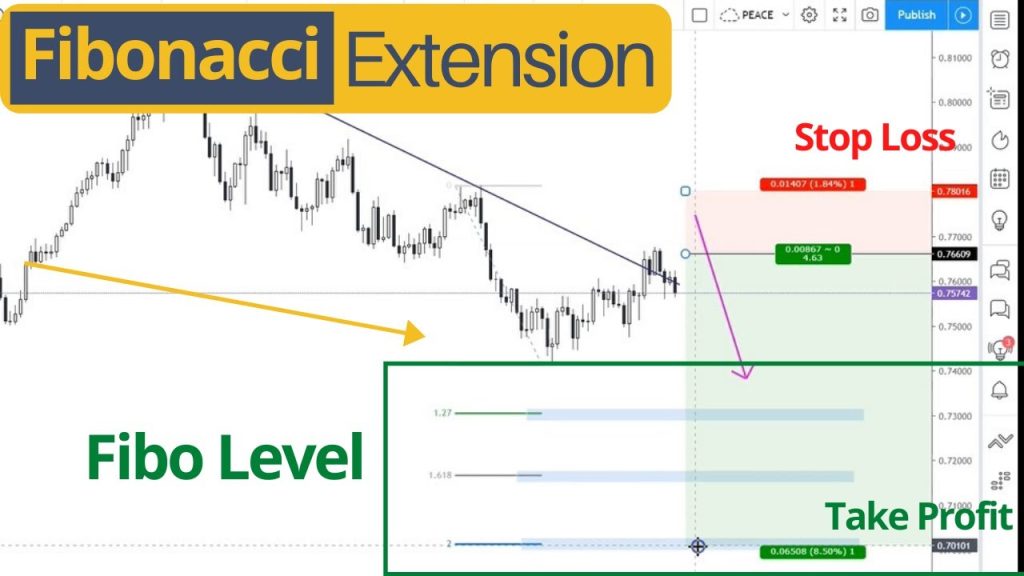Understanding Fibonacci Extensions: A Tool for Projecting Price Targets

Fibonacci Extensions are a technical analysis tool used by traders to identify potential support and resistance levels beyond the standard 100% retracement. These extensions help in setting price targets and anticipating possible reversal points in trending markets.
What Are Fibonacci Extensions?
Fibonacci Extensions are horizontal lines that indicate where a price wave might extend to, based on the Fibonacci sequence. They are used to project areas of possible support or resistance when the price moves beyond the original wave. Common extension levels include 127.2%, 161.8%, and 261.8%.
Calculating Fibonacci Extension Levels
To calculate Fibonacci Extension levels, three key points are needed:
- Swing Low: The starting point of the initial price move.
- Swing High: The end point of the initial price move.
- Retracement Level: The point to which the price retraces before continuing in the original direction.
Using these points, the extension levels are calculated as follows:
- 100% Extension: Equal to the length of the initial move.
- 127.2% Extension: 1.272 times the length of the initial move.
- 161.8% Extension: 1.618 times the length of the initial move.
Applying Fibonacci Extensions in Trading
Traders often use Fibonacci Extensions to set profit targets and identify potential reversal zones. For example, in an uptrend, if the price retraces to a Fibonacci support level and then resumes upward, traders might look at the 127.2% or 161.8% extension levels as potential areas to take profits or watch for resistance.
Limitations of Fibonacci Extensions
While Fibonacci Extensions are a valuable tool, they are not foolproof. Market conditions, news events, and other factors can influence price movements beyond these levels. Therefore, it’s essential to use them in conjunction with other technical analysis tools and not rely solely on them for trading decisions.